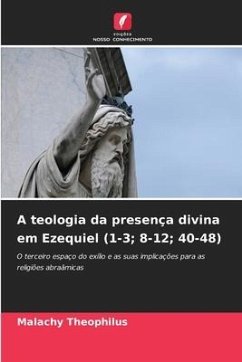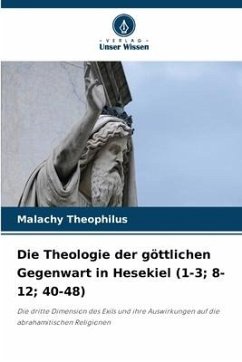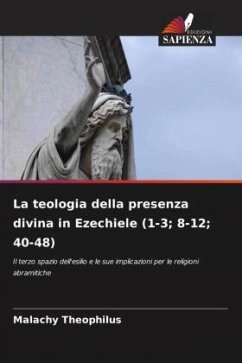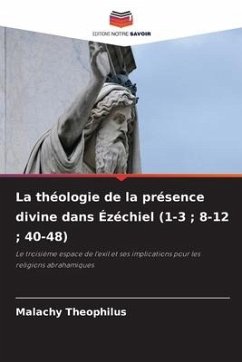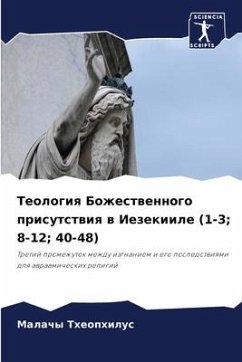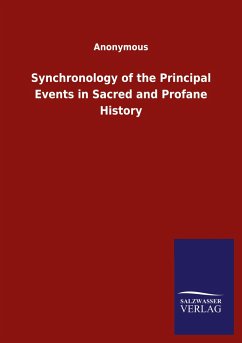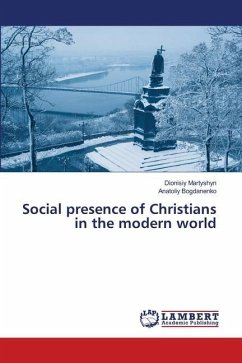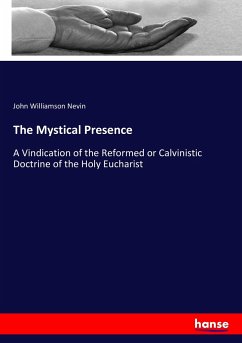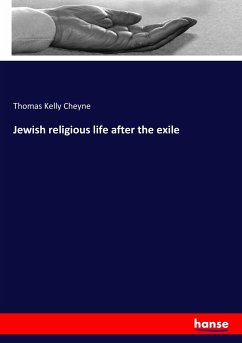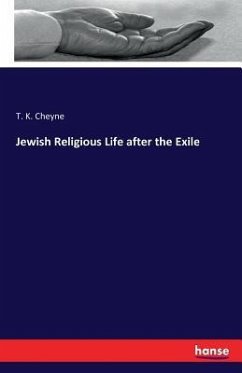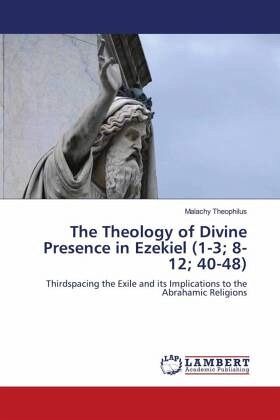
The Theology of Divine Presence in Ezekiel (1-3; 8-12; 40-48)
Thirdspacing the Exile and its Implications to the Abrahamic Religions
Versandkostenfrei!
Versandfertig in 6-10 Tagen
43,99 €
inkl. MwSt.

PAYBACK Punkte
22 °P sammeln!
In Ezek 1-3; 8-11 and 40-48, Ezekiel saw the ("visions of God"). In these visions one observes that the presence of YHWH is experienced in three different spaces: in the temple, in exile and on the mountain east of the city. These manifestations of the divine presence in different spaces challenged the traditional priestly understanding of YHWH as exclusively "tabernacled" in the Jerusalem temple. While the community in Judah considered those in exile as "other" because they had no temple and were not within the geographical location called "Judah" (cf. Ezek 11:15); this study leans on the Cri...
In Ezek 1-3; 8-11 and 40-48, Ezekiel saw the ("visions of God"). In these visions one observes that the presence of YHWH is experienced in three different spaces: in the temple, in exile and on the mountain east of the city. These manifestations of the divine presence in different spaces challenged the traditional priestly understanding of YHWH as exclusively "tabernacled" in the Jerusalem temple. While the community in Judah considered those in exile as "other" because they had no temple and were not within the geographical location called "Judah" (cf. Ezek 11:15); this study leans on the Critical Spatial Theories of Edward W. Soja and Wesley A. Kort to show that location does not guarantee the experience of the divine. YHWH's expression (cf. Ezek 11:16) in reaction to the tension that existed between the exilic community and the remnant community in Judah challenges the religious exclusivism that characterize our world today. Sometimes we may think we possess the fullness of truth, however, It is not the possession of the truth that matters, it is how prepared we are to walk in the light of the truth that we possess.



